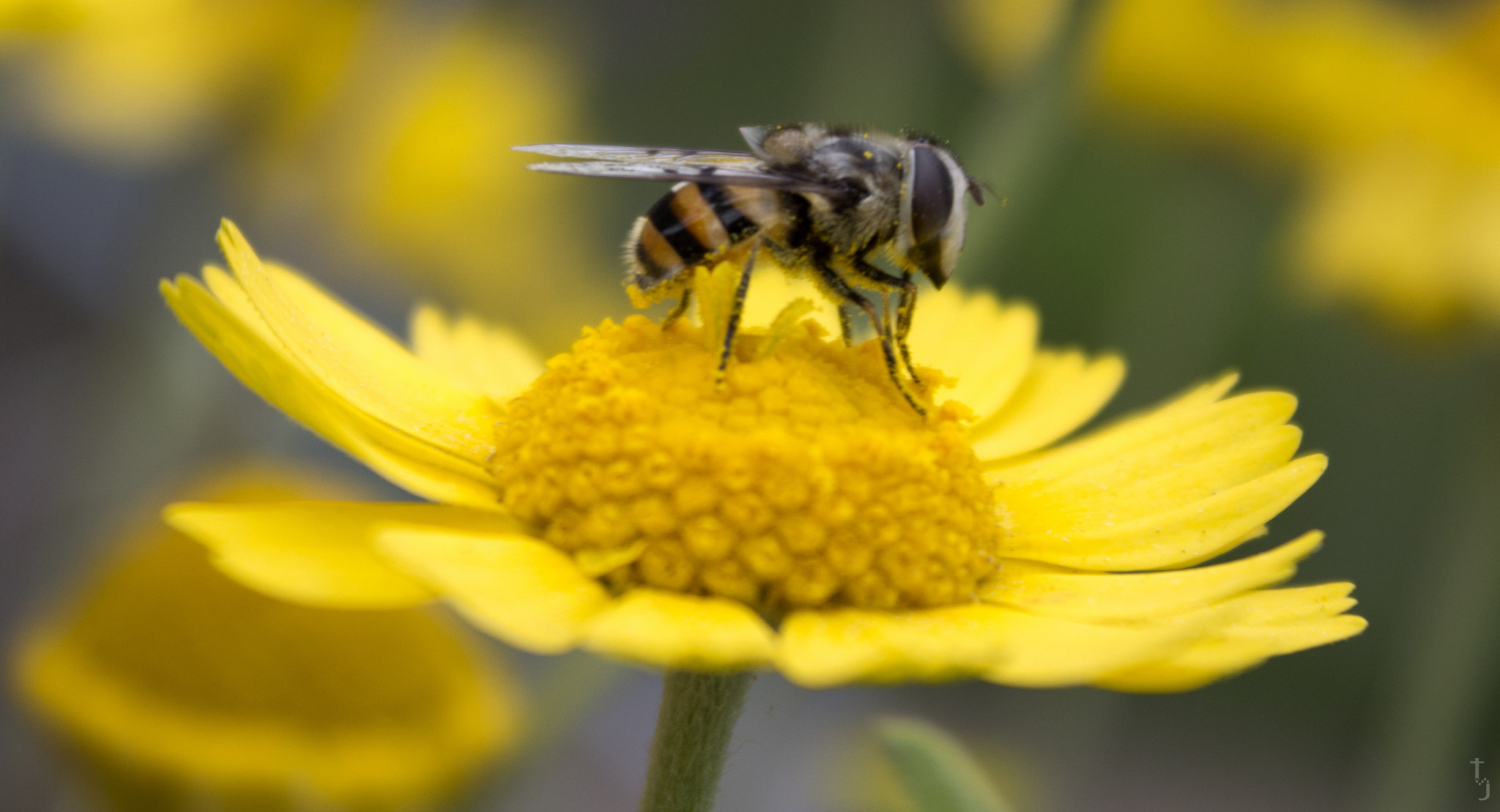Wild bee decline threatens US crop production
The first national study to map U.S. wild bees suggests they’re disappearing in many of the country’s most important farmlands–including California’s Central Valley, the Midwest’s corn belt, and the Mississippi River valley.
If losses of these crucial pollinators continue, the new nationwide assessment indicates that farmers will face increasing costs–and that the problem may even destabilize the nation’s crop production.
The findings were published December 21 in the Proceedings of the National Academy of Sciences.
The research team, led by Insu Koh at the University of Vermont, estimates that wild bee abundance between 2008 and 2013 declined in 23% of the contiguous U.S. The study also shows that 39% of US croplands that depend on pollinators–from apple orchards to pumpkin patches–face a threatening mismatch between rising demand for pollination and a falling supply of wild bees.
In June of 2014, the White House issued a presidential memorandum warning that “over the past few decades, there has been a significant loss of pollinators, including honey bees, native bees, birds, bats, and butterflies.” The memo noted the multi-billion dollar contribution of pollinators to the US economy–and called for a national assessment of wild pollinators and their habitats.

